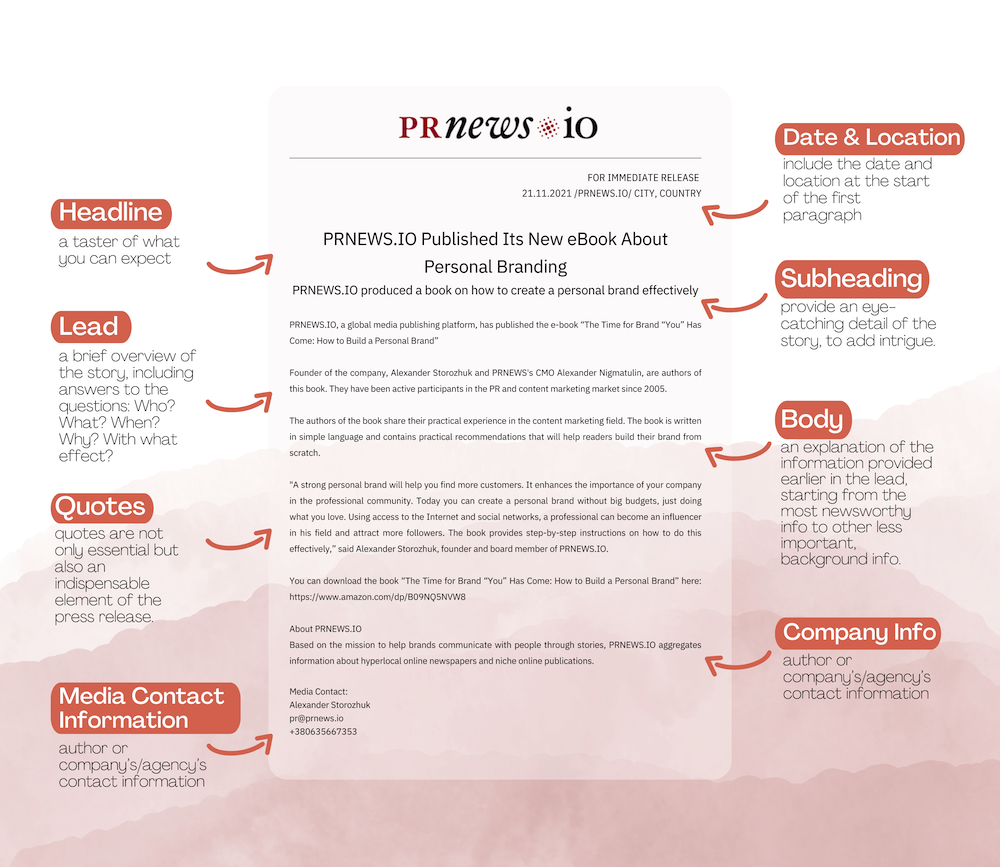How To Send Press Releases To Media Outlets
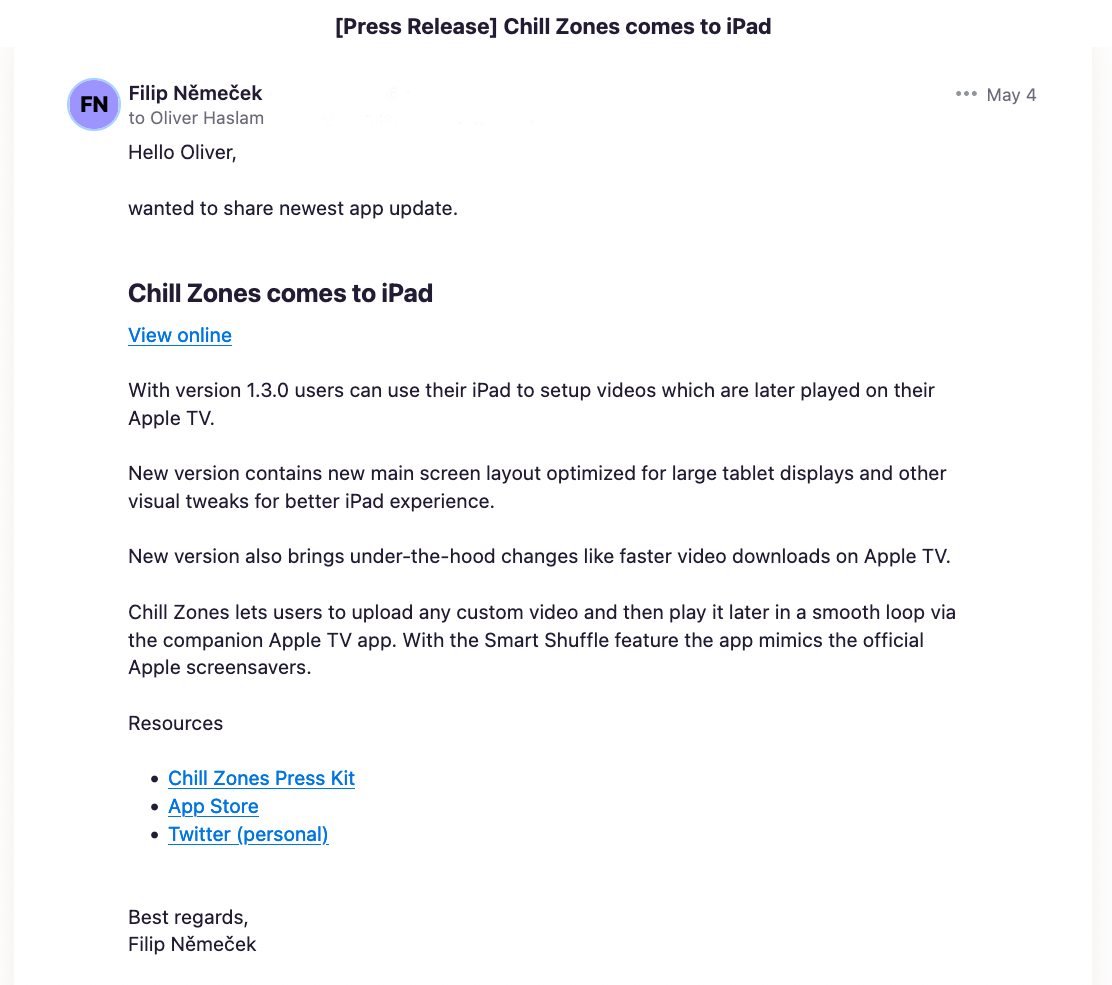
In today's fast-paced media landscape, effectively disseminating information is crucial for organizations seeking to gain coverage. One of the most enduring methods for achieving this is through the strategic distribution of press releases. This article provides a comprehensive guide on how to successfully send press releases to media outlets, maximizing the chances of your news being heard.
The art of sending press releases effectively hinges on understanding the nuances of media relations and adhering to best practices. This guide will delve into key aspects, from crafting compelling content to identifying the right media contacts and utilizing effective distribution strategies.
Crafting a Compelling Press Release
The foundation of any successful press release campaign lies in the quality of the content itself. The release should be newsworthy, concise, and tailored to the interests of the target audience.
Understanding Newsworthiness
Before even beginning to write, assess whether your announcement truly qualifies as newsworthy. Journalists are inundated with information daily, so your release needs to stand out.
Consider factors such as impact, relevance, timeliness, prominence, and unusualness.
The Anatomy of a Press Release
A well-structured press release typically follows a specific format. This ensures clarity and ease of comprehension for journalists.
Begin with a compelling headline that grabs attention. Follow with a strong lead paragraph that summarizes the key information: who, what, where, when, and why.
The body of the release should provide further details, background information, and relevant quotes from key individuals, like the CEO or project lead.
Include a boilerplate that provides a brief overview of your organization. Finally, provide contact information for media inquiries.
End with “###” to signify the end of the release.
Example: "[City, State] – [Date] – [Organization Name] today announced..."
Writing Tips for Maximum Impact
Use clear, concise language and avoid jargon or overly technical terms. Write in the third person and maintain a neutral, objective tone.
Proofread carefully for any errors in grammar or spelling. A polished and professional presentation is crucial.
Include high-quality images or videos to enhance the visual appeal of your release. Visuals can greatly increase engagement and the likelihood of coverage.
Identifying the Right Media Outlets
Sending your press release to the right media outlets is as important as crafting a compelling release. Targeting the appropriate publications and journalists ensures that your message reaches the intended audience.
Researching Media Contacts
Identify journalists and publications that cover your industry or area of expertise. Use online databases, media directories, or social media to find relevant contacts.
Pay attention to the specific beats that journalists cover. Sending a technology-related press release to a sports reporter would be a waste of time and resources.
Building a Media List
Compile a comprehensive media list that includes the names, email addresses, and phone numbers of relevant journalists and editors. Segment your list based on industry, location, and other relevant criteria.
Regularly update your media list to ensure accuracy. Journalists change jobs frequently, so it’s important to keep your contacts current.
Personalizing Your Approach
Avoid sending generic, mass emails. Personalize your outreach whenever possible by addressing journalists by name and referencing their previous work.
Demonstrate that you understand their audience and why your story would be of interest to them.
Effective Distribution Strategies
Once you have crafted a compelling press release and identified the right media outlets, the next step is to distribute your release effectively.
Choosing a Distribution Method
Several options are available for distributing press releases, including email, newswire services, and online press release distribution platforms.
Emailing journalists directly can be effective for building relationships, but it can also be time-consuming. Newswire services, such as PR Newswire or Business Wire, offer broader distribution reach.
Online press release distribution platforms, such as PRWeb, can help to increase visibility in search engine results.
Timing is Key
Consider the timing of your release carefully. Avoid sending releases on weekends or holidays when journalists are less likely to be working.
Also, avoid conflicting with major news events that might overshadow your announcement.
Following Up
Don’t be afraid to follow up with journalists after sending your release. A brief, polite email or phone call can help to ensure that your release hasn’t been overlooked.
Be prepared to answer any questions that journalists may have and provide them with additional information if needed.
Measuring Your Success
After distributing your press release, it’s important to track your results to measure the effectiveness of your campaign. Metrics such as media mentions, website traffic, and social media engagement can provide valuable insights.
Use these insights to refine your future press release strategies and improve your media relations efforts.
By following these guidelines, you can significantly increase the chances of your press release being noticed and generating positive media coverage. Remember, effective communication is essential for success in today's competitive world.


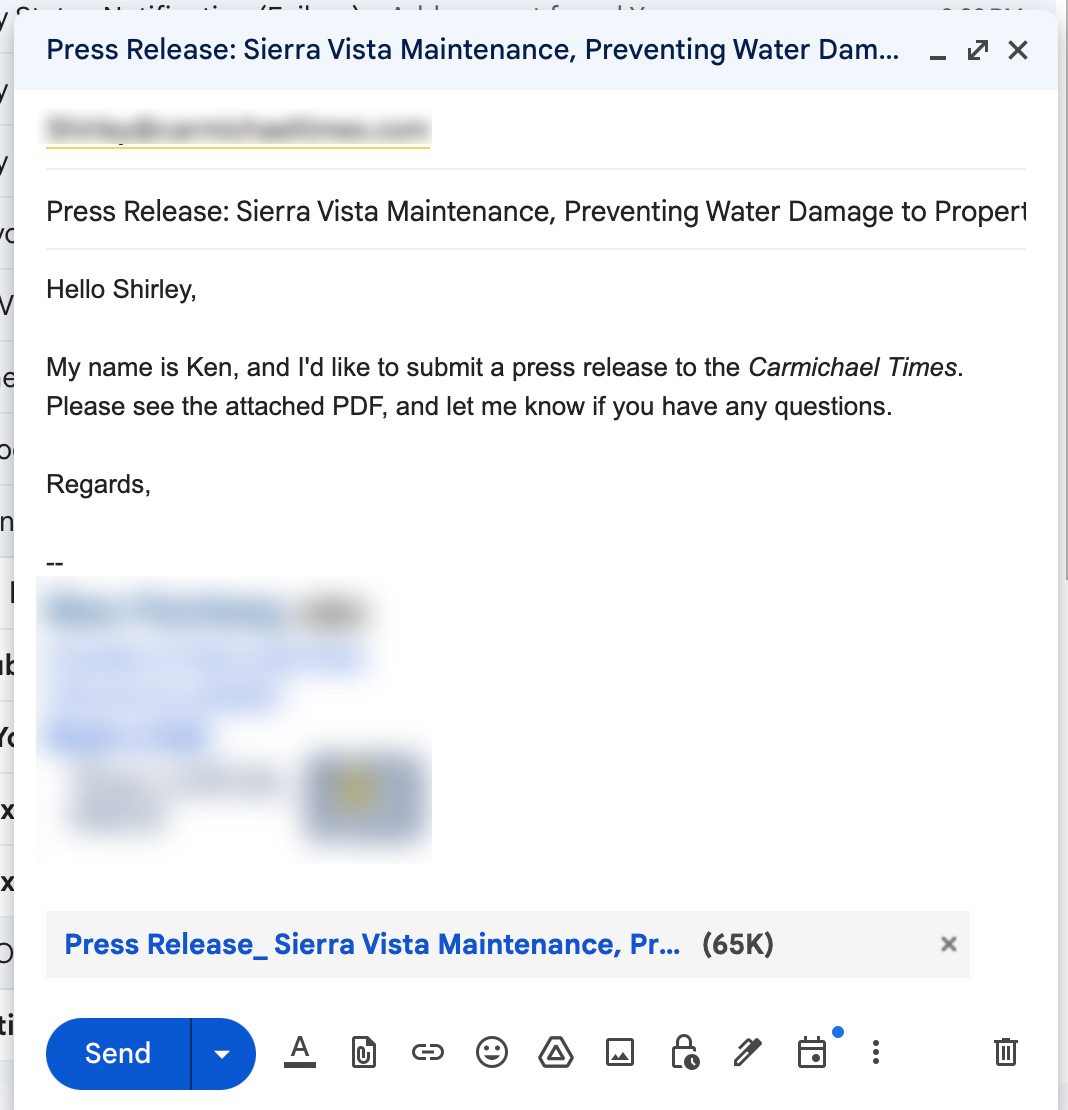
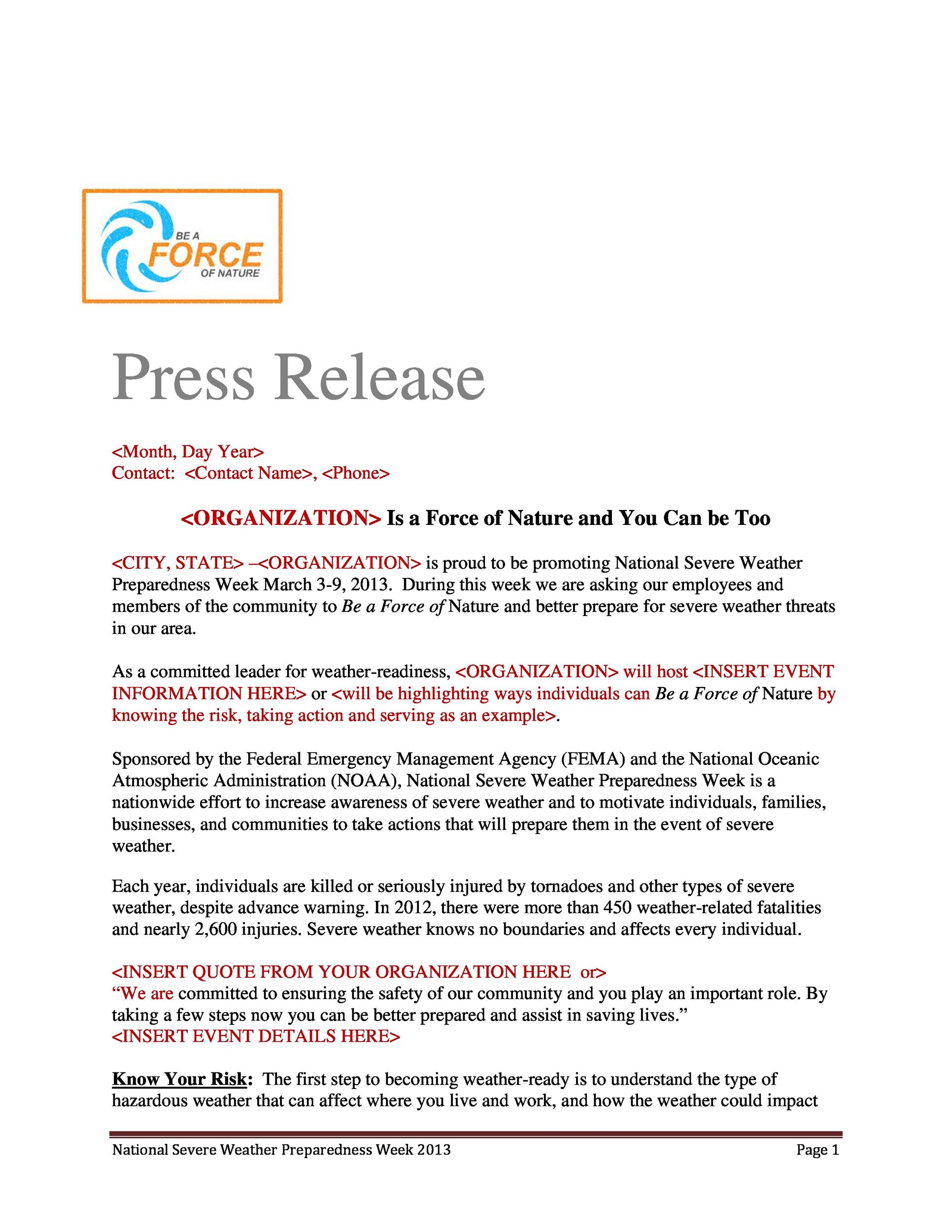

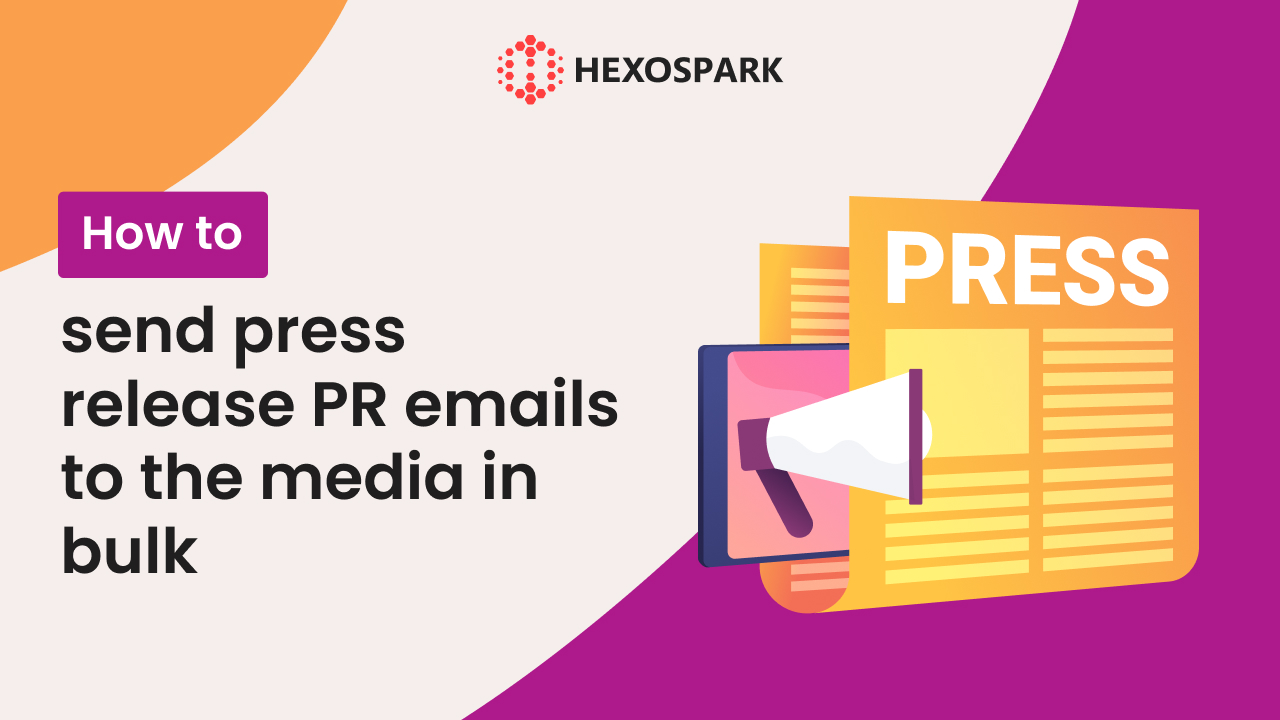
![How To Send Press Releases To Media Outlets How to Send a Press Release by Email to Journalists [Example]](https://prowly.com/magazine/app/uploads/2020/10/image-5.png)


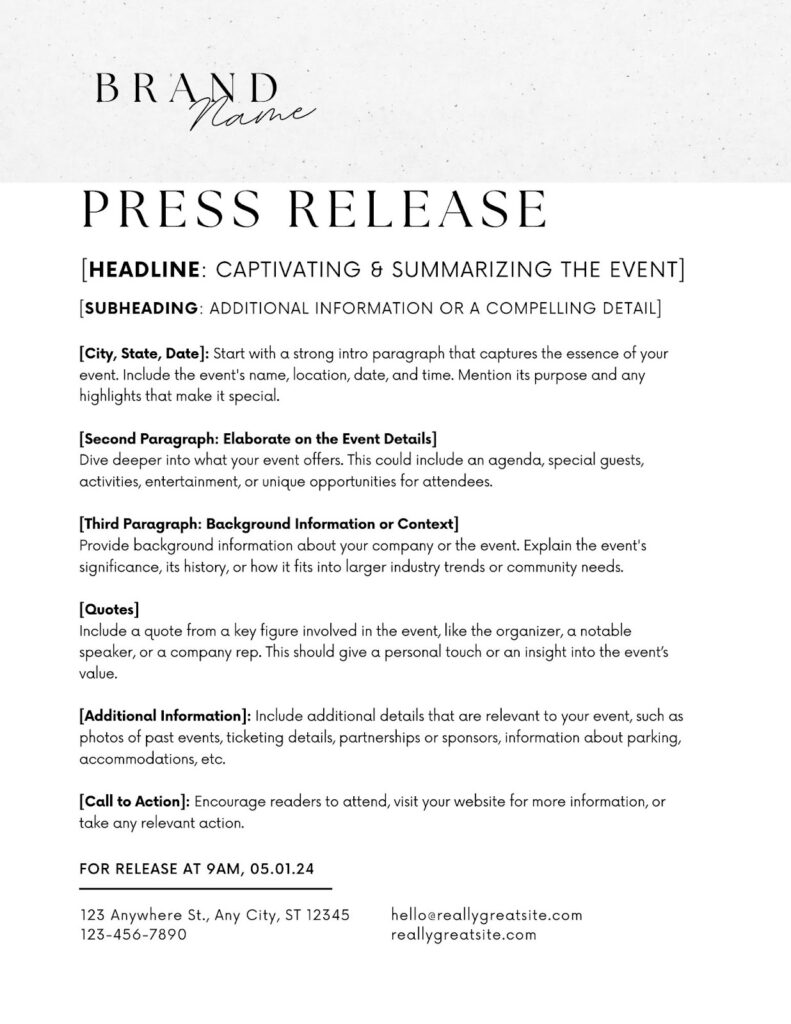
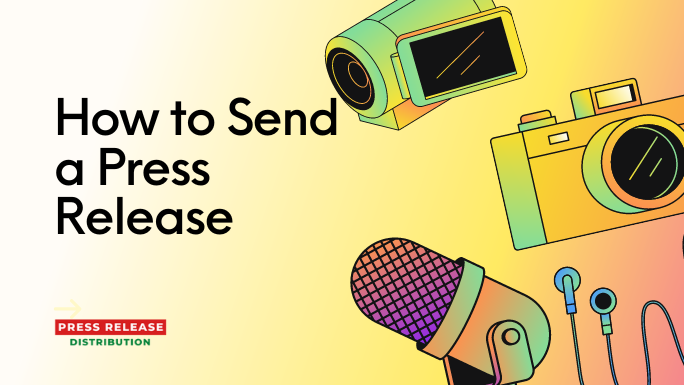
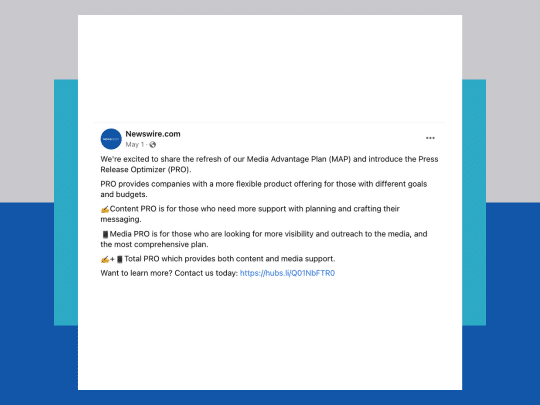

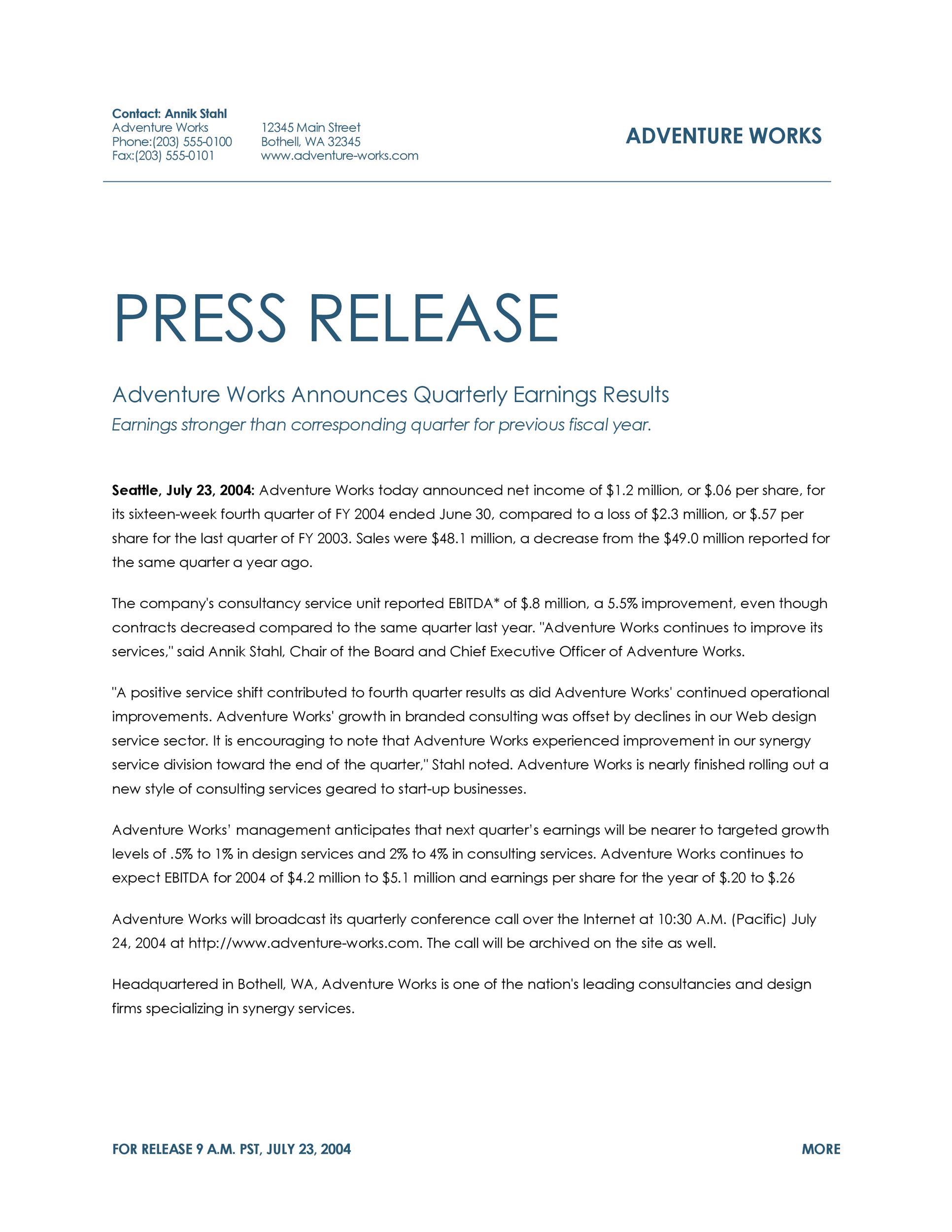
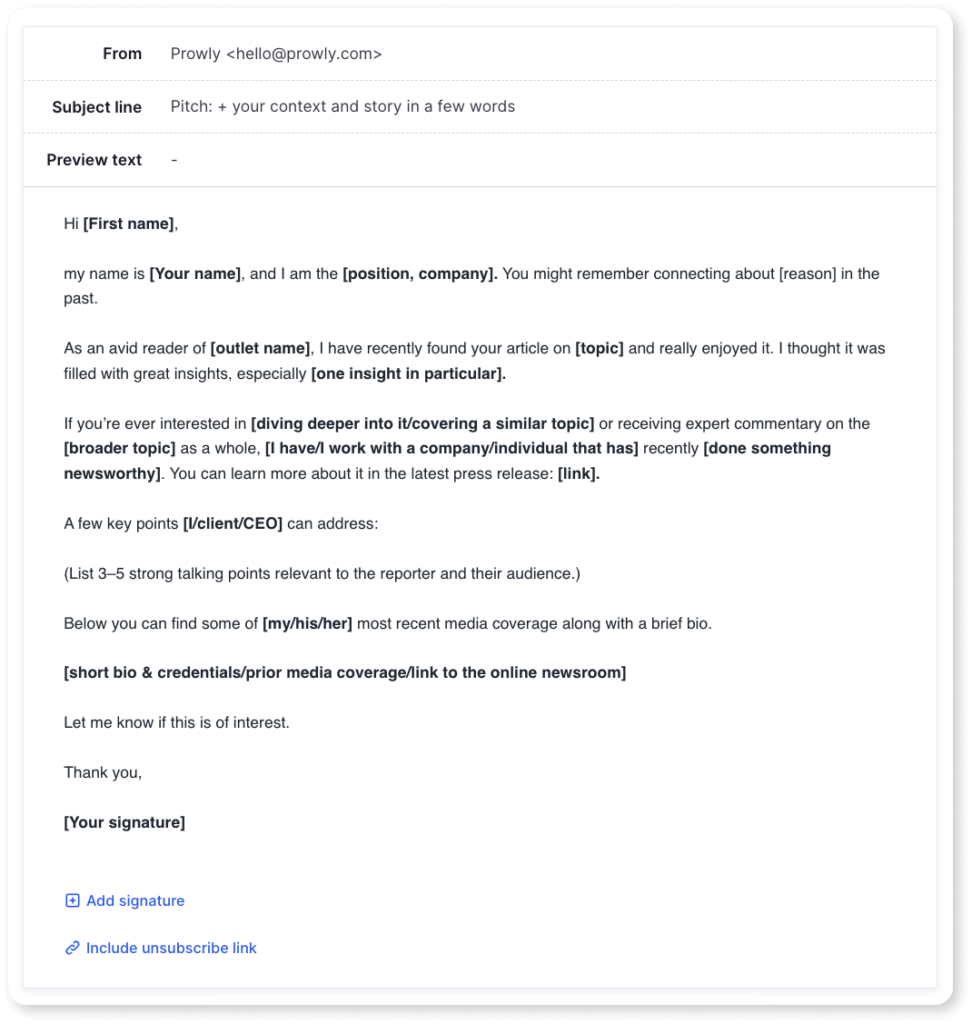
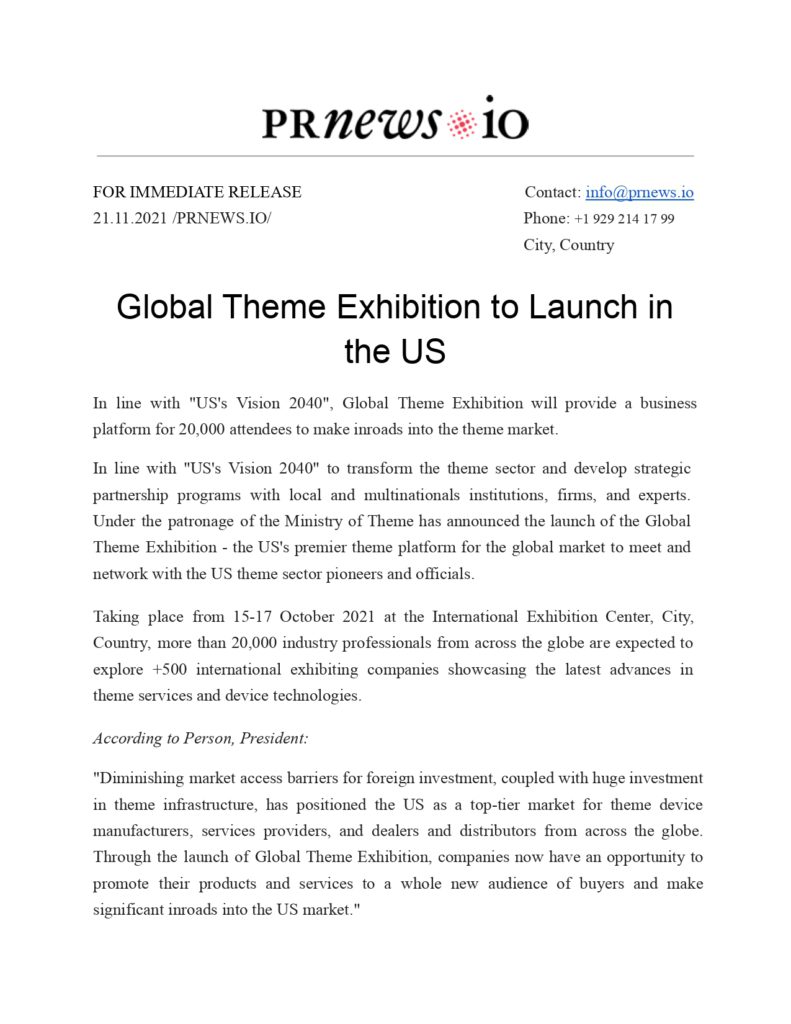
![How To Send Press Releases To Media Outlets 5 Tips to Write a Killer Press Release [+ Free Template] - Zen Media](https://zenmedia.com/wp-content/uploads/2022/07/press-release-template-1638x2048.jpg)
